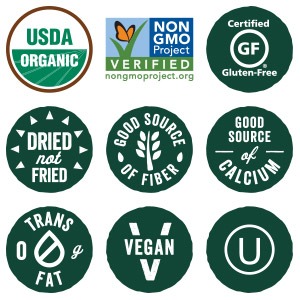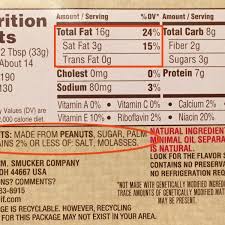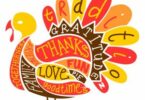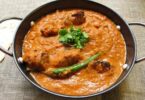Eating healthy isn’t easy. However, understanding how to read healthy nutrition facts labels can help.
Beyond the foods we know are sinful: desserts junky snack foods and other indulgences, you might think many of the foods we choose to eat are healthy. Yet eating healthy is not as straightforward as it may seem.
Are you a label reader? If not, you should be.

Expert Education On Healthy Nutrition Facts Labels
Reading labels is the best tool to get the healthy nutrition facts about the foods you eat. You may think you know how to read a label correctly. But, if you listen to the experts, you might be confused.
Are you looking on a label to find calories, fat, carbs or protein because you were taught these are the most important items to identify? While the experts will teach you how to read “the basics of a nutrition label,” it seems a bit complicated and difficult to understand.
Currently, there are efforts to improve on labels with front of package nutrition labeling (FOPNL). This, In my opinion, this just “repackages” the confusion.
FOPNL research supports the use of health simple symbols such as the photo above. With the goal of communication healthy nutrition facts.
Seemingly valuable information is being provided, nevertheless, a critical healthy nutrition fact is left out of the educational focus. What’s missing and why it is missing are questions worth an answer. Are missing health nutrition facts purposefully created by a zealous food industry or an oversight by the experts? I do not know.
Read Healthy Nutrition Facts Labels Before You Eat
Most importantly, reading healthy nutrition facts labels is easy and will help improve your ability to make healthy food selections. Use these 3 simple steps to eat well.
Healthy Nutrition Facts Label Reading: 3 Simple Steps
-
Zoom in on the Ingredients
Eat what you intend on eating. For example, if you want to eat peanut butter. Look at the ingredient section. This section of the label tells you what you are actually eating. In this example, peanuts and salt. It is a good choice.

However, if there is a long ingredient list on the peanut butter jar, you pay for additives, preservatives, coloring and anything else the manufacturer chooses to add.

The most important part of the label is the ingredient section. There are certain ingredients that you should not consume.
2. Scroll back to the Top of the Label to Identify Serving Size
If you do not know what the serving size is, none of the nutrient information is accurate. The serving size tells you how much to eat. Information for calories, carbohydrates, protein, fat, sodium, and any nutrients is listed for a single serving. If a 1 oz. bag of kale chips is 2 servings. Then you will need to double any nutritional information.
3. View the Amounts of Nutrients
Decide how much you will eat based on this information. Ask yourself if the product contains too much or too little of the nutrients you seek.
You may decide to use the healthy nutrition facts label for more information. But, you now have an easy consumer-friendly guide giving you much more value than what is typically taught. Learn more about healthy nutrition facts in my book, The Stubborn Fat Fix. It will guide you towards eating healthier for a lifetime.
Healthy Nutrition Facts Wrap Up
Reading labels helps us make better food choices. While it might seem overwhelming, understanding a label can be achieved in 3 easy steps. Use your common sense when making food choices. The healthiest food choices (for example meat and vegetables) do not have a healthy nutrition facts label.
#Healthy Nutrition Facts #Label Reading #Better Food Choices #Healthy Eating tips #Eating to Fuel Health






